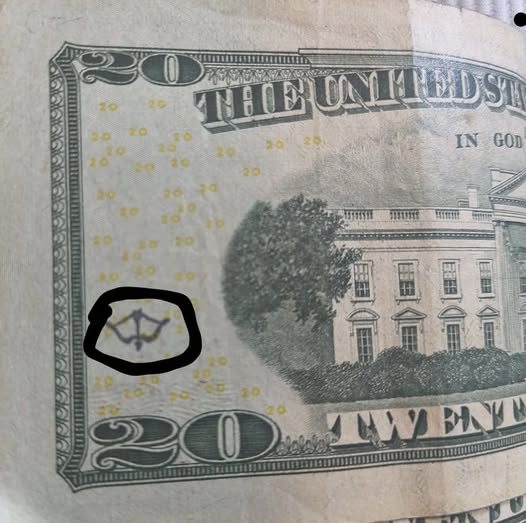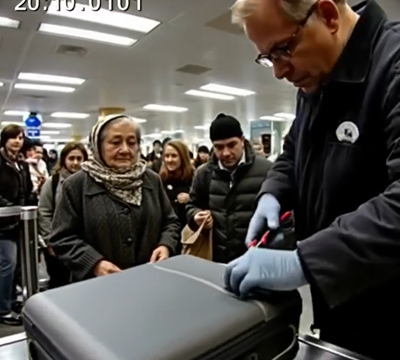At first glance, a U.S. dollar bill looks like a straightforward piece of currency—green ink, historical figures, familiar symbols, and security features most Americans recognize without a second thought. But take a closer look, and you might spot something unusual: a small stamp, some strange initials, or even a mysterious symbol that doesn’t match the rest of the bill’s design.

These little imprints are known as chop marks, and while they may seem insignificant or even random, they tell a much bigger story—one that spans continents, cultures, and the informal networks of global trade. Chop marks are small stamps applied to U.S. bills, usually by money changers or merchants outside the United States. Far from being decorative or accidental, they serve as unofficial validation of authenticity. In regions where counterfeit currency is a major concern, and where banking institutions may not be trusted or even available, chop marks function like a personal seal of approval.
When a money handler places their mark on a bill, they’re saying, “I’ve checked this, and it’s the real deal.” As the bill continues to circulate, it might collect more of these stamps—each one a record of its journey through the hands of different people in different places. The tradition of chop marking has deep roots, especially in Asia. The term “chop” itself originates from China, where during the Ming and Qing Dynasties, merchants would stamp silver coins to confirm their weight and authenticity. These marks became a trusted form of verification in an era where forgeries were common and official coinage wasn’t always reliable.
The practice spread alongside trade routes, reaching places like the Ottoman Empire, Southeast Asia, Africa, and Latin America, eventually becoming associated with U.S. dollars as they gained popularity as a stable form of currency in global markets. In many parts of the world, particularly in informal economies, chop marks became an essential part of doing business. For example, in bustling outdoor markets or regions with limited access to modern banking, traders rely on these stamps to know which bills have already been vetted. They build a visual history of the currency, signaling that the bill has successfully moved through various checkpoints of trust. These marks are often quite small and come in a variety of forms. Some are simple initials or monograms, while others are symbols like stars, arrows, birds, or more elaborate designs. The ink used is usually red, blue, or black—carefully chosen to stand out but not obscure the bill’s important details like serial numbers or security threads. While chop marks are applied with intention, they’re also done respectfully.
The goal isn’t to deface the money, but to verify it. In the United States, laws prohibit defacing currency to the point it becomes unusable. However, because chop marks are typically small and don’t impact the bill’s functionality, they’re not considered illegal under U.S. law. That said, modern banking systems aren’t always fond of marked bills. ATMs and cash sorting machines may reject them, and some businesses may be hesitant to accept money that looks unfamiliar. Still, chop marks continue to serve an important function in many parts of the world. They represent a grassroots method of authentication in places where formal systems may fall short. Each one is a tiny record of trust, a signature from someone who took the time to examine and validate the bill. And that makes them more than just marks—they’re history. The next time you find a dollar bill with one of these mysterious stamps, take a second to appreciate what you’re holding. It’s not just a piece of paper or a tool for buying coffee. It might’ve traveled halfway across the globe, been examined by hands that rely on it for their livelihood, and returned to your wallet carrying quiet proof of its legitimacy. Every chop mark adds a layer to the story, making that dollar a small but meaningful thread in the massive web of international commerce and human connection.





